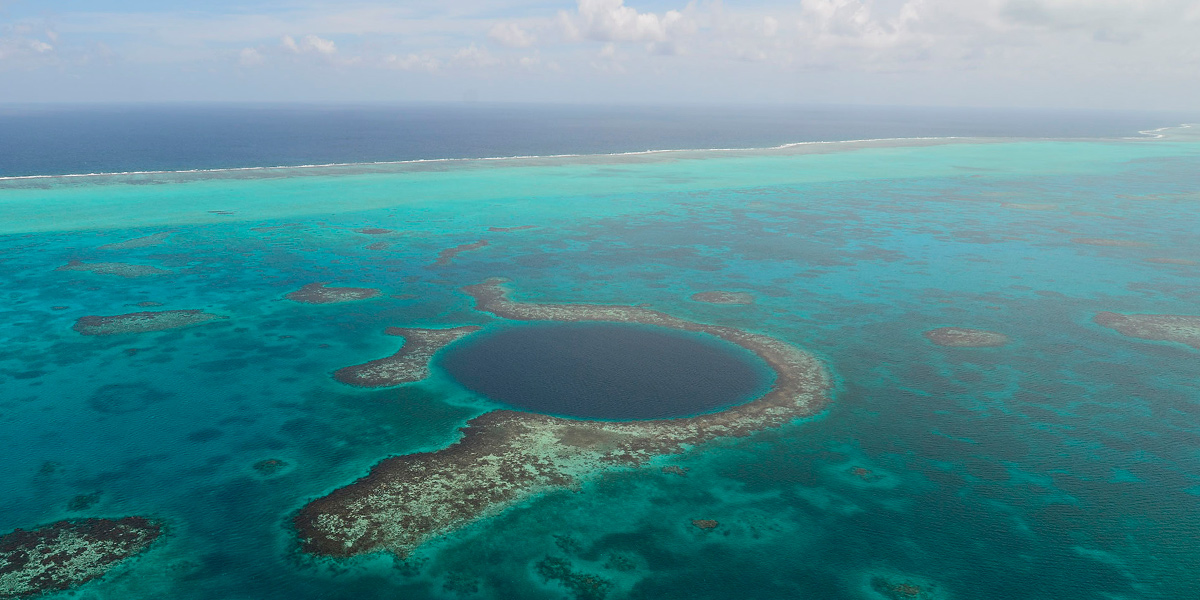

One of the most common ways that insects and diseases can kill your plants is by depriving them of nutrients through their sucking or digesting. Some insects and diseases are capable of killing your succulent plants, including mealybugs, spider mites, aphids, fungus and more.

If you live in an area that has extremely cold temperatures, a heating system can be installed in your home to increase the temperature so that it’s not below freezing.ĭue to the fact that the coldest temperature that Echeveria Blue Atoll can withstand is 20 degrees Fahrenheit, these succulents are not extremely resistant to frost and will perish during the majority of frost storms. If the temperature is too low for the plant, it will start to lose its leaves and eventually die. The cold temperature can also kill your Echeveria Blue Atoll succulent. Plants require light to make their food and absorb sunlight to produce energy. This is because they are not making their own food and nutrients from the soil. If your plant is unable to get sufficient sunlight, it will begin to lose its leaves. This is because some species of succulents need light to grow. While too much sunlight is harmful to succulent plants, not enough sunlight can cause Echeveria Blue Atoll to die off too.
#Blue atoll full
If you want this succulent to develop to its full potential, you should try to expose it to direct sunshine for at least six hours each day. You can prevent this by placing your succulents in a cool, shady location.Įcheveria Blue Atoll achieves the best growth when it is exposed to filtered light for the most of the day. Overheating will cause your succulents to lose their leaves and turn brown. Too much sunlight is the most common cause of succulent plant death. It’s important that you fertilize your plant with a well balanced fertilizer, so don’t overdo it. This will usually lead to leaf yellowing and browning. Over fertilizing leads to the formation of nutrient deficiencies in your soil and the plants. The main cause of succulent death is over fertilization. Try giving your plant adequate amounts of water, but don’t overdo it. This will in turn causes other leaves to wither and drop off. Overwatering leads to root rot and poor air circulation, which causes some of the leaves to wilt. When you water your plant, do it thoroughly and then allow the soil to dry out in between watering sessions. Overwatering is the number one killer of houseplants. The most common cause of succulent plant death is overwatering. The following are the reasons for your Echeveria Blue Atoll dying Overwatering You should also be sure that you understand the overall health of your plant before giving up on it completely. This is not unusual for plants in general, and it’s important to understand and know what will cause your plant to die. There are a number of different problems you may be experiencing with your Echeveria Blue Atoll succulent. If there are only a few insects on the plant, you may either wash it with water or personally remove the bugs.Īpplying insecticide to succulent plants is necessary for controlling bigger infestations and finding insects that are hidden in inaccessible regions (such as leaf crevices). Succulents often have minor problems with pests. Pests are more likely to become active during the summer. Verify that there are no pests present in the plant and soil you intend to purchase for succulents.Īphids, scale insects, spider mites, white butterfly, and other insects are examples of common pests. Pests are also a serious concern for succulent plants. When repotting your plant, make sure to use sterile potting mix so that you may reduce the risk of bacterial and fungal illnesses. The soil or the container cannot be saturated for an extended length of time without the roots becoming damaged. These plants, due to their tendency to be fragile, need to be raised in containers that have drainage holes in them and maintained in soil that has good drainage. These can all be problematic for the plant’s health. What Are The Pests And Diseases That Are Susceptible To Echeveria Blue Atoll?Įcheverias are susceptible to a number of different diseases and pests, such as bacterial or fungal leaf spots, stem rot, and root rot. This can be brought on by a variety of factors, such as overexposure to the sun, an improper watering schedule, or an allergy to one of the components of your soil. It has been observed that handling or touching the plant can cause some people to develop a kind of dermatitis called contact dermatitis. This is why it’s a great choice as an indoor plant, however, if you have a green thumb and love growing succulents, you should be careful with this particular species. When it comes to common pets like cats and dogs, Echeveria Blue Atoll is regarded pet safe.


 0 kommentar(er)
0 kommentar(er)
